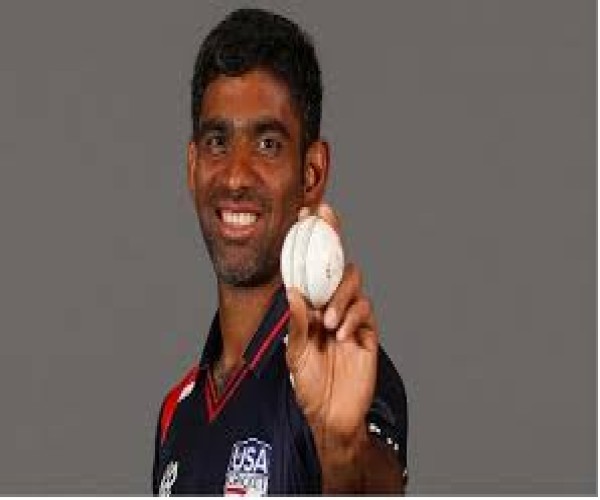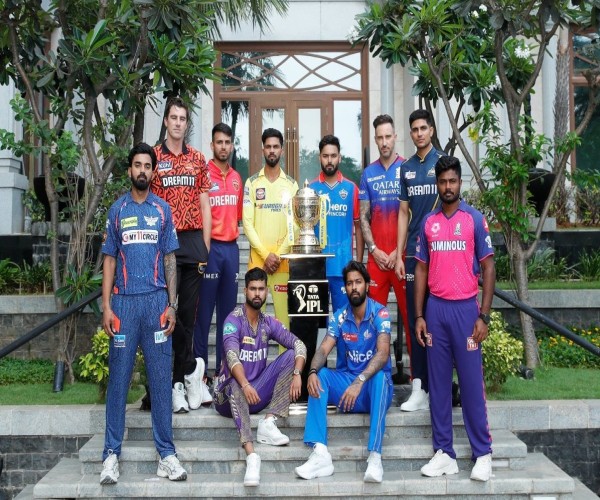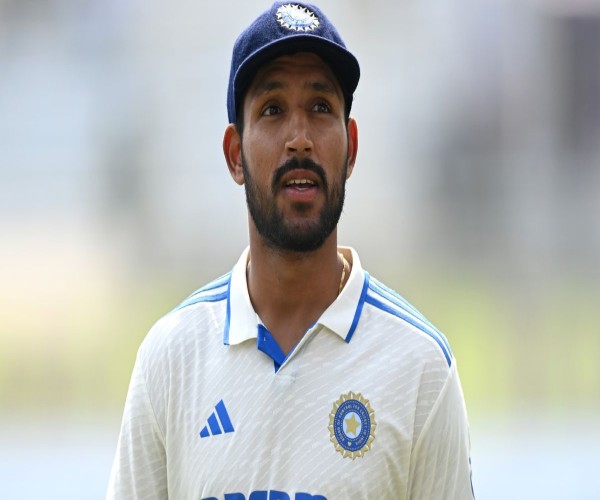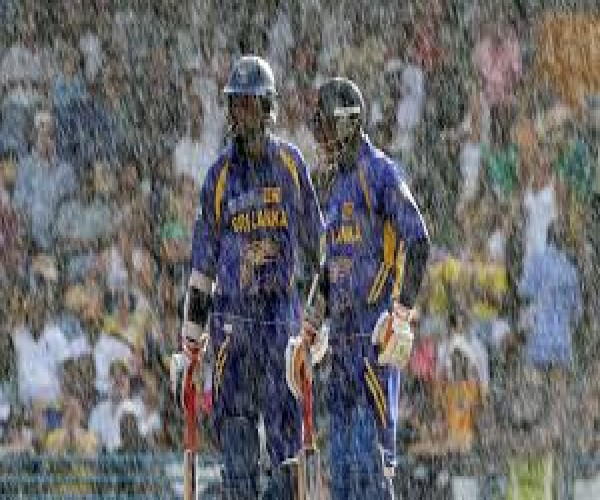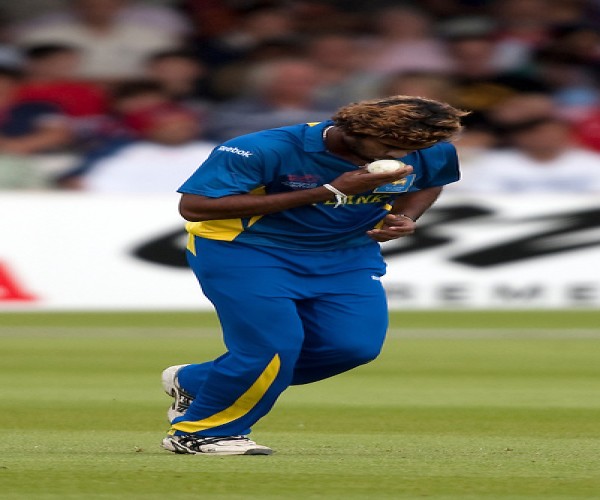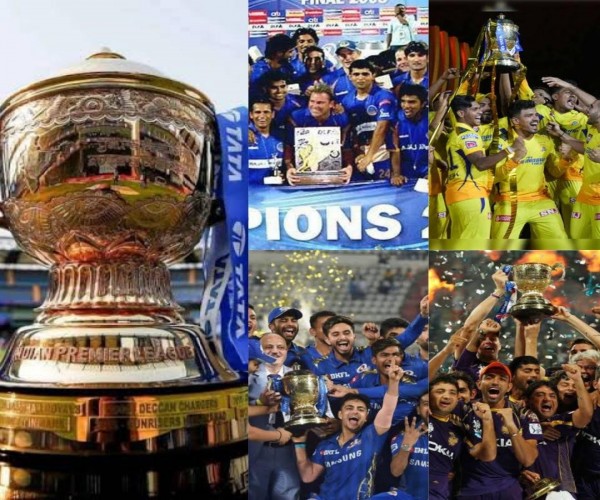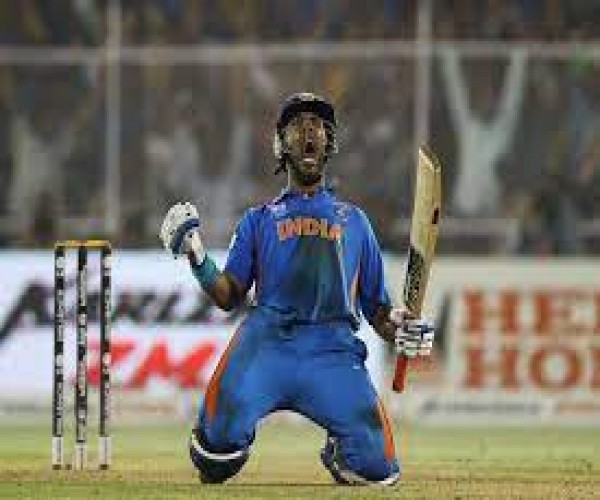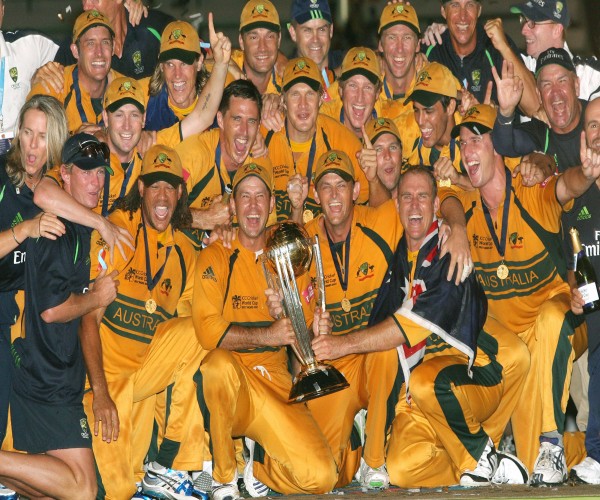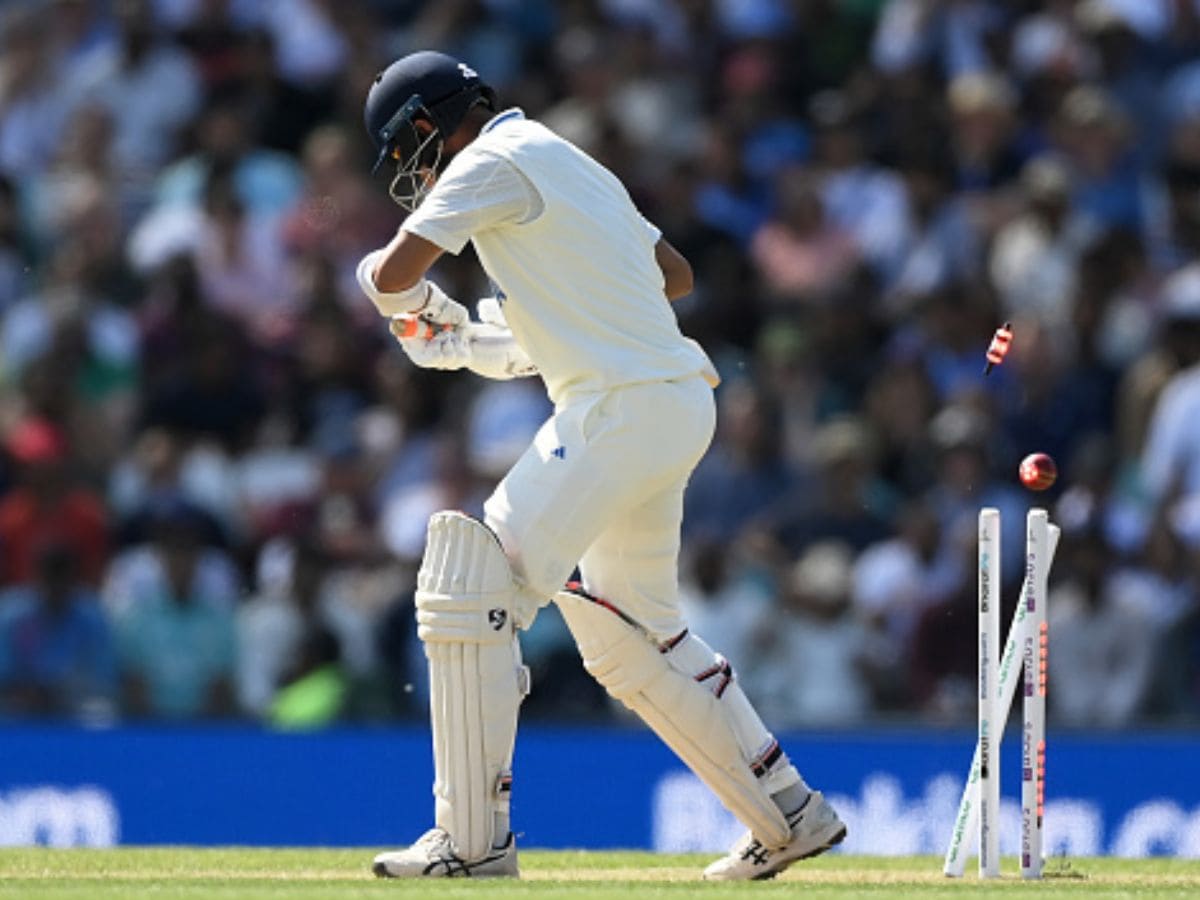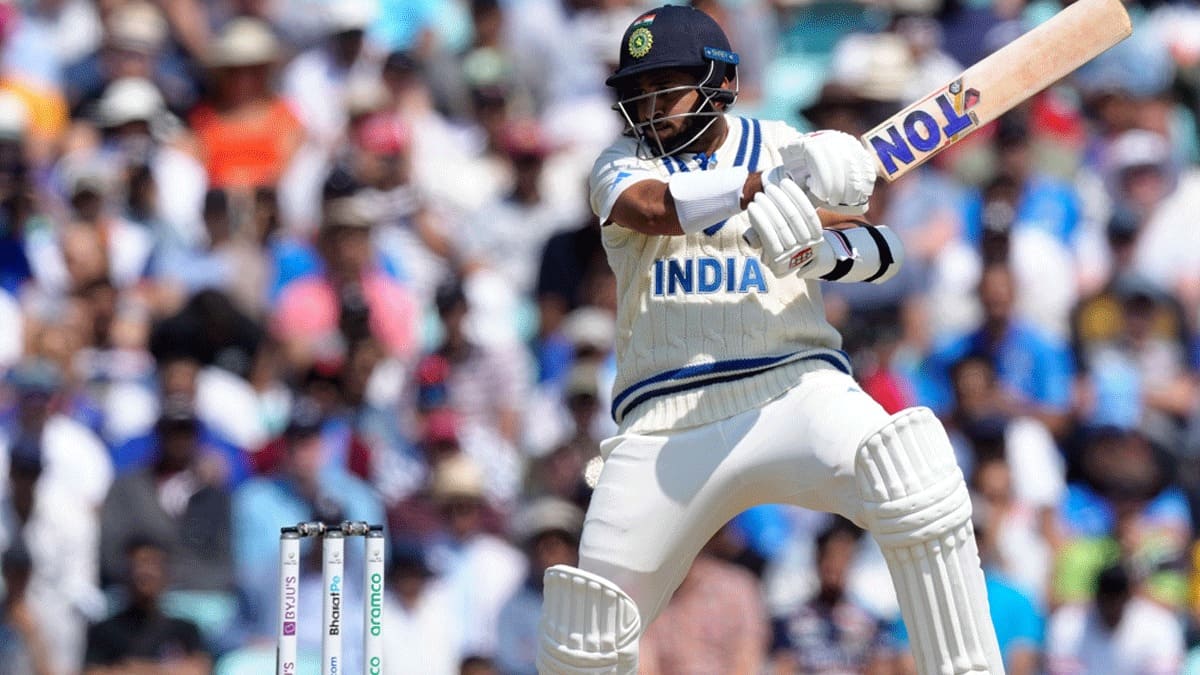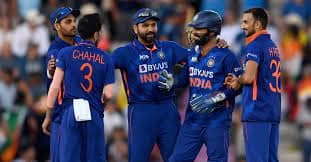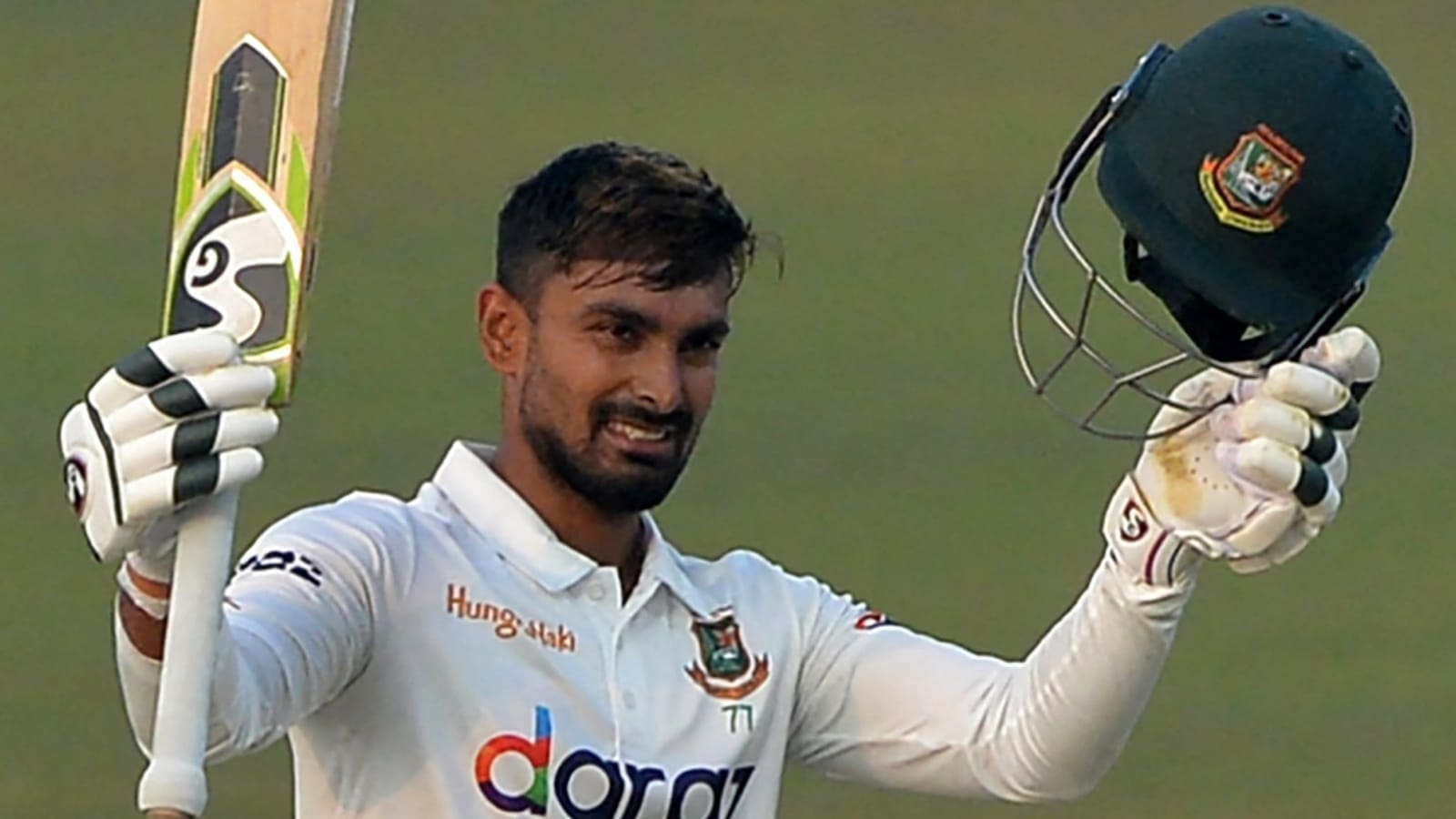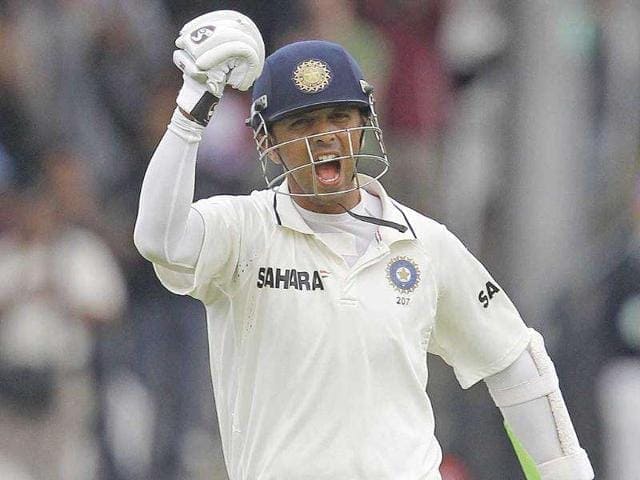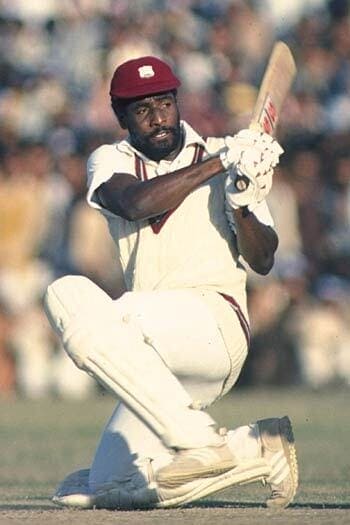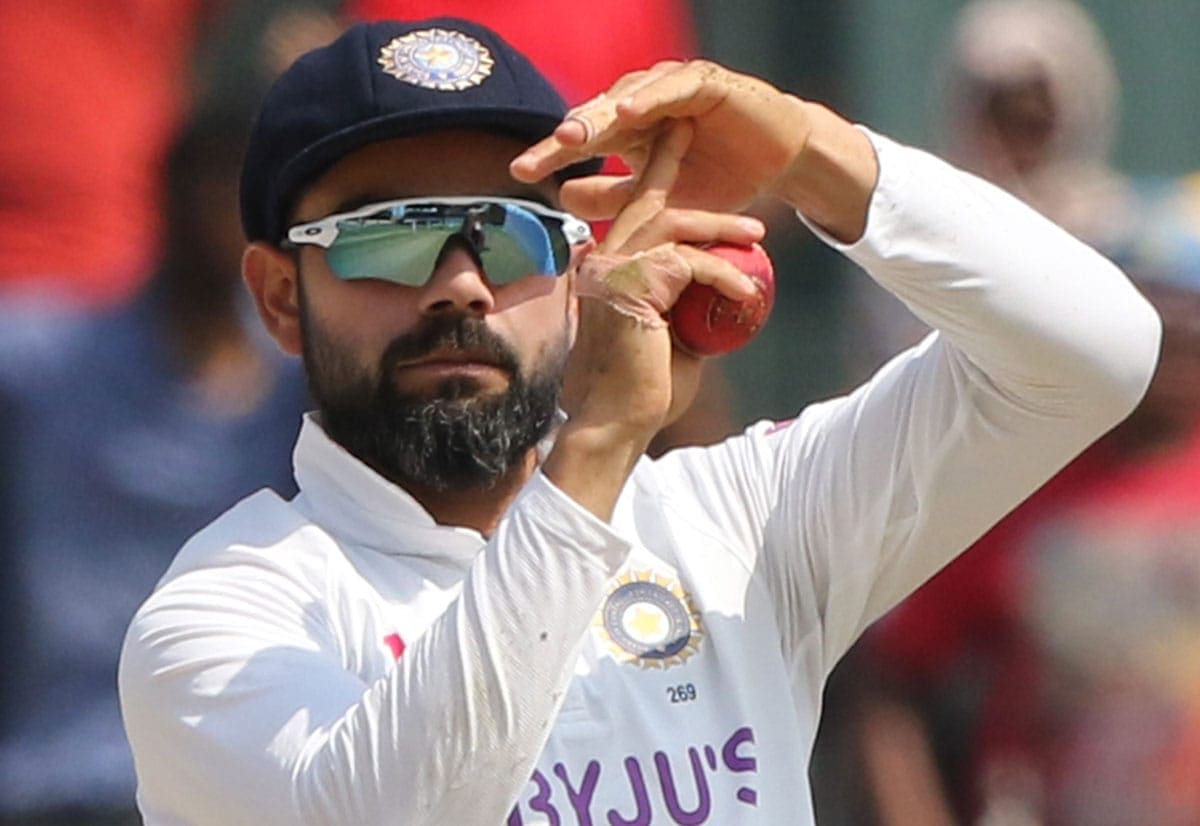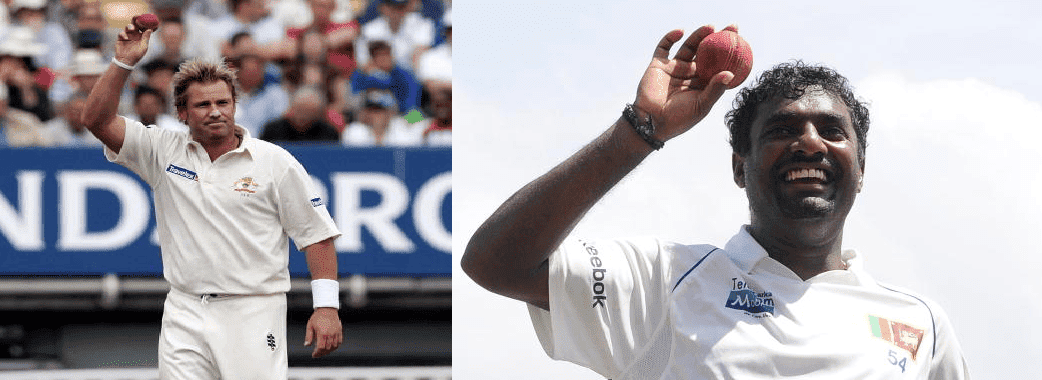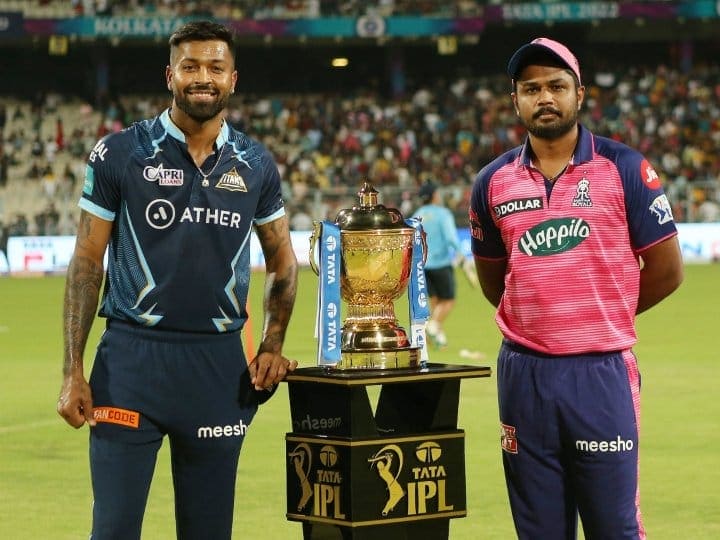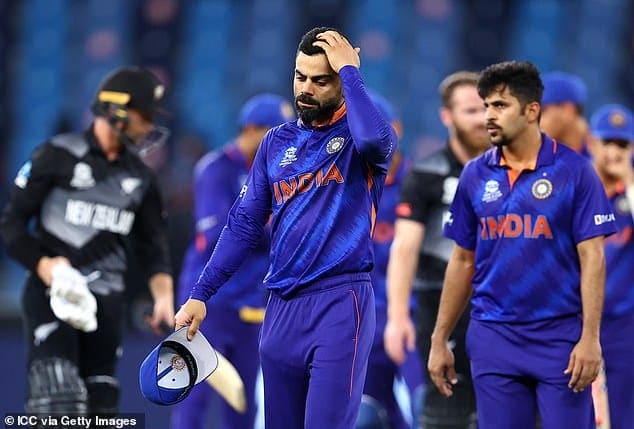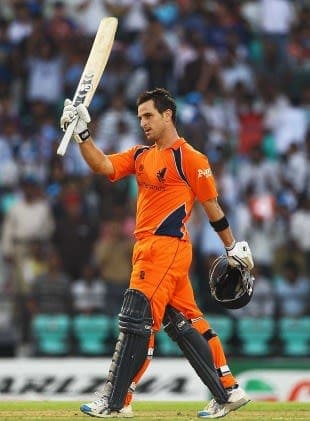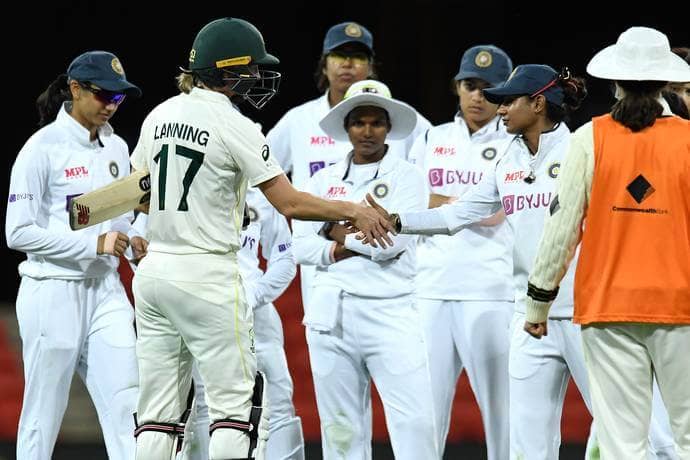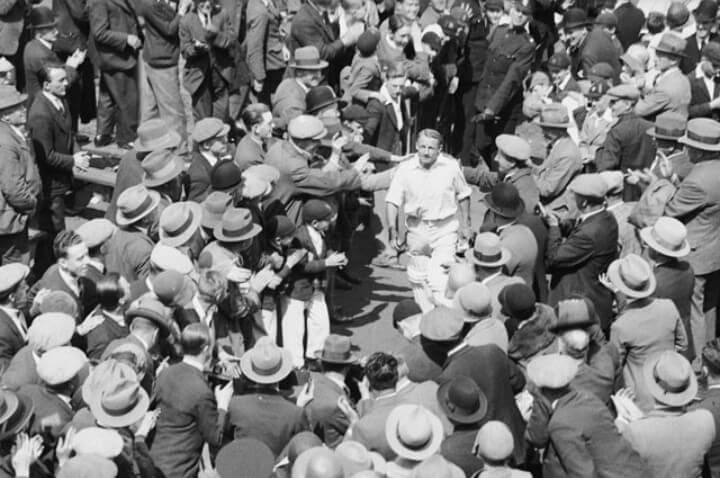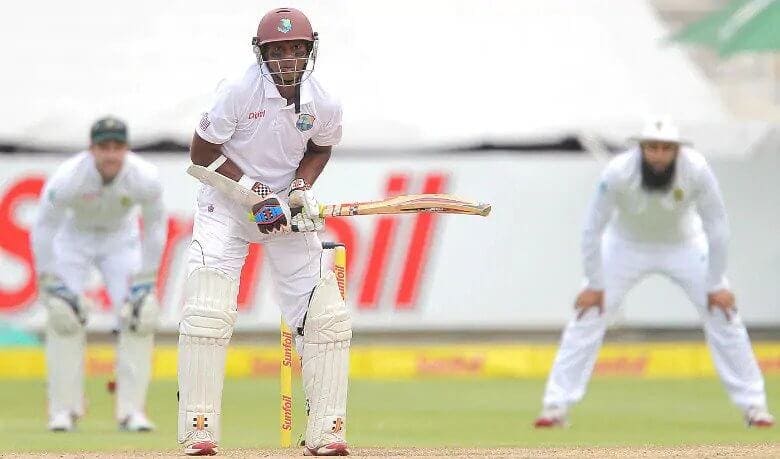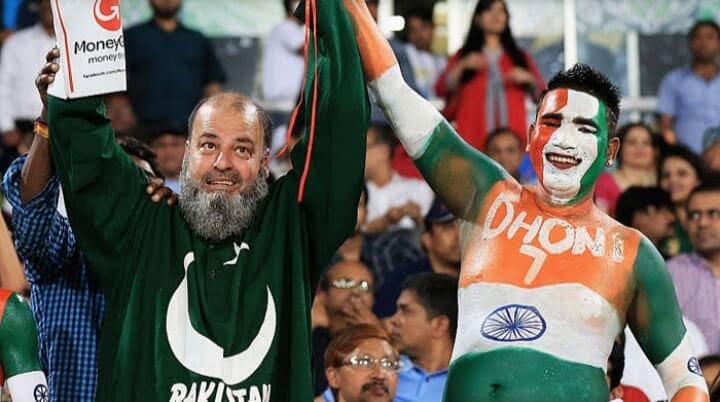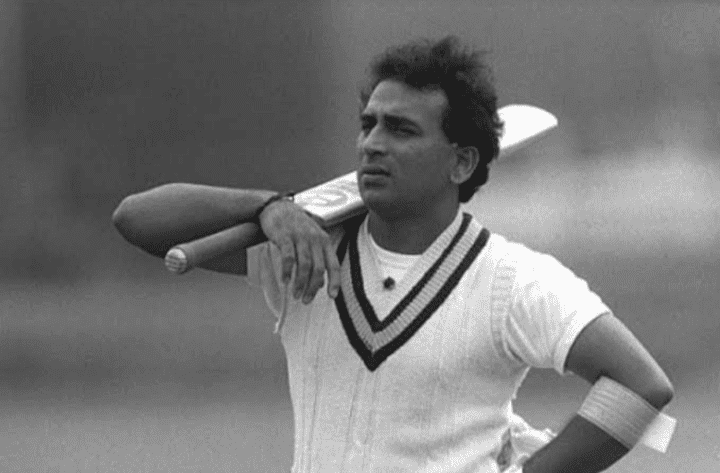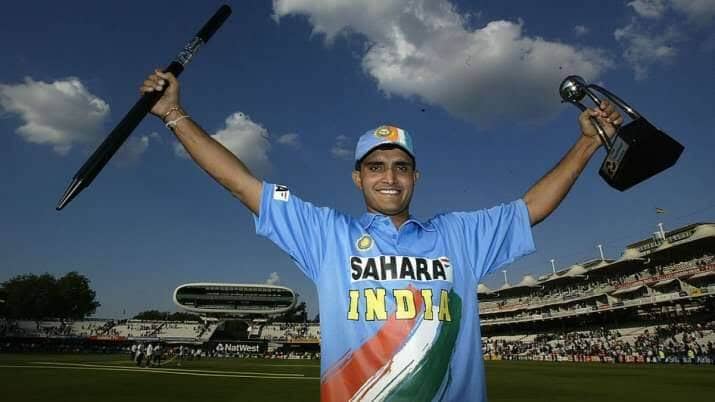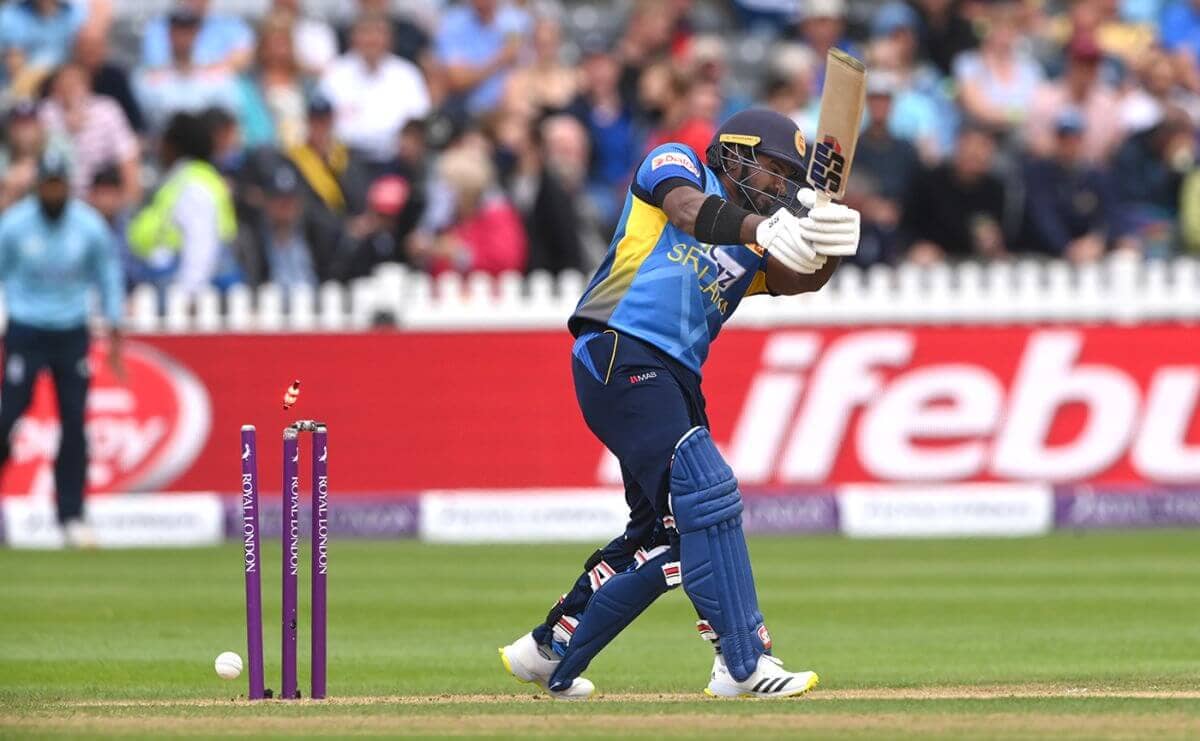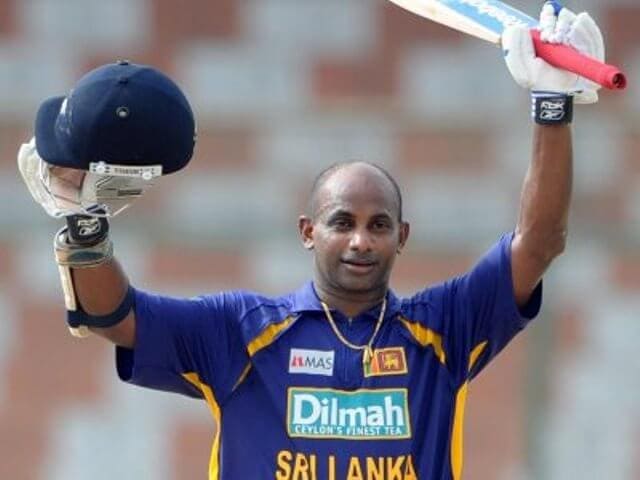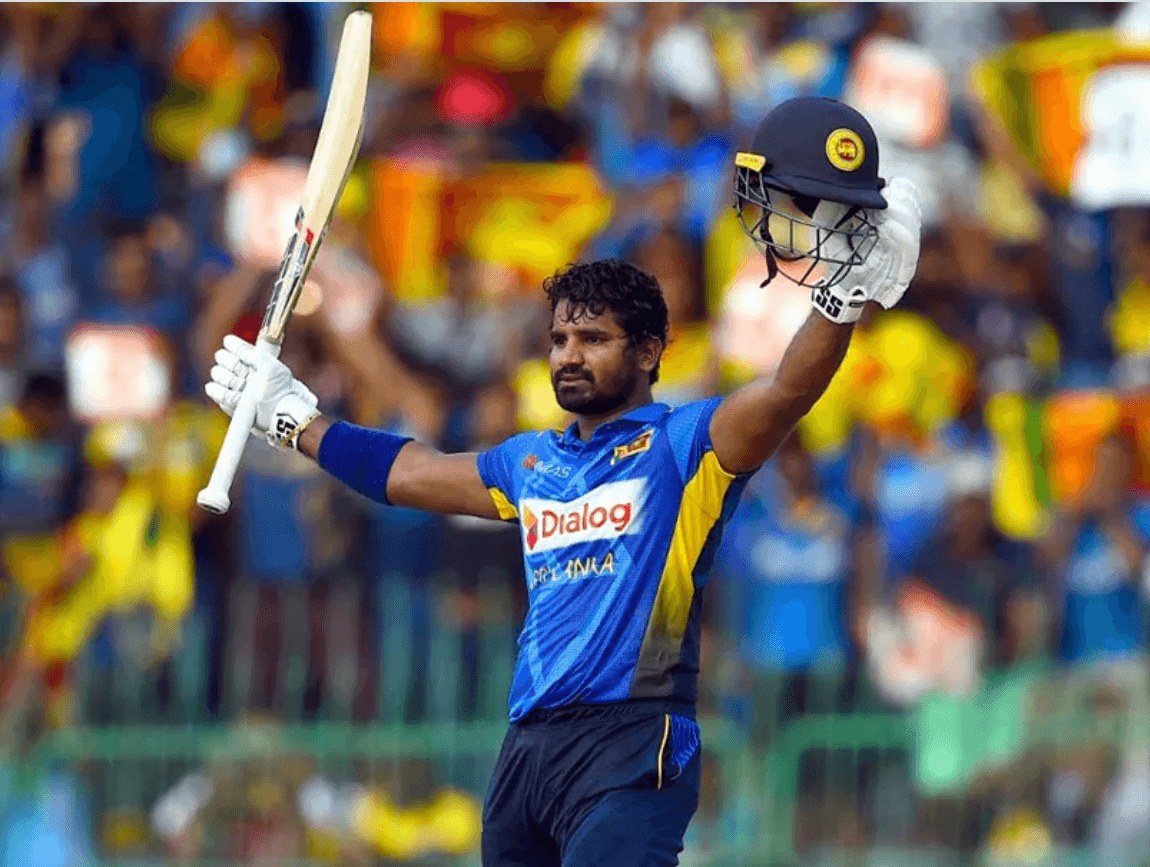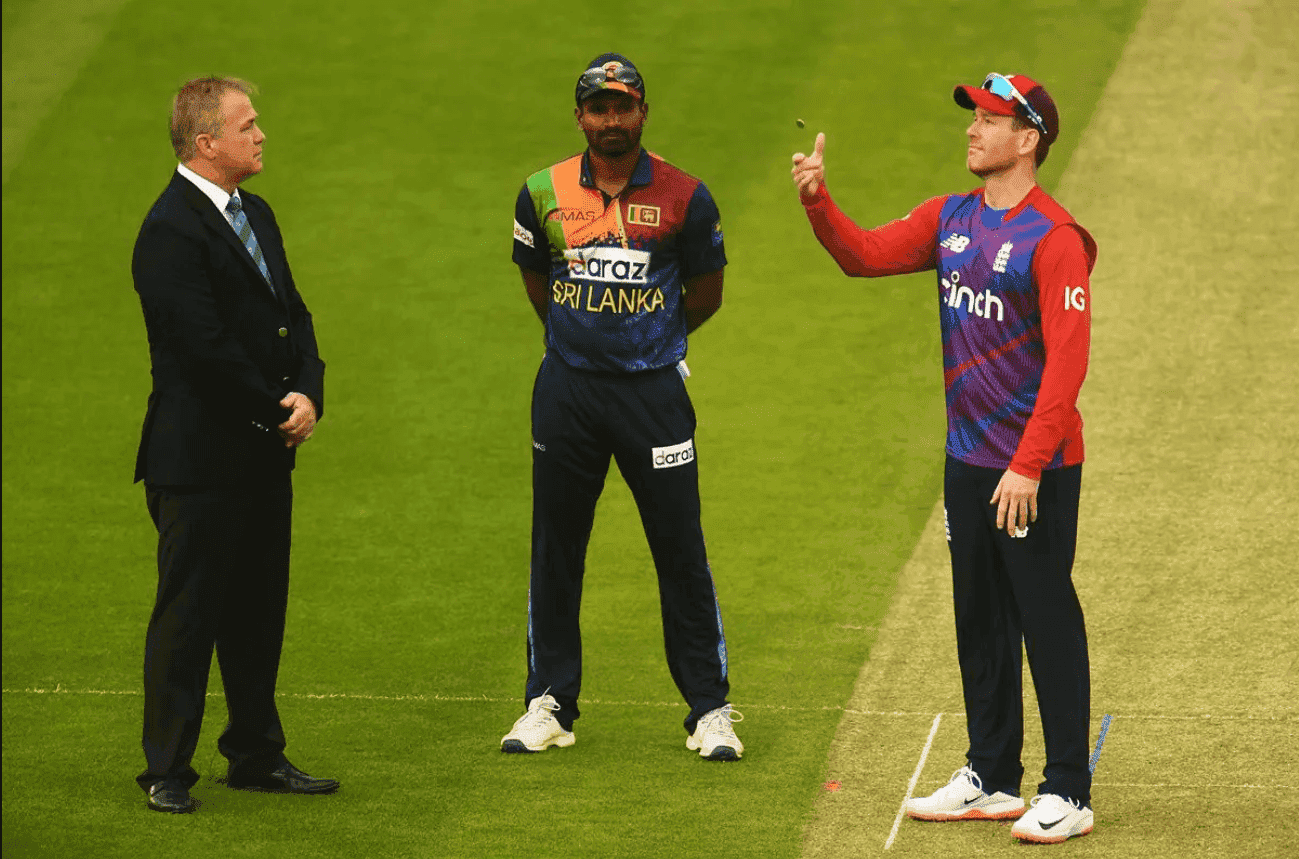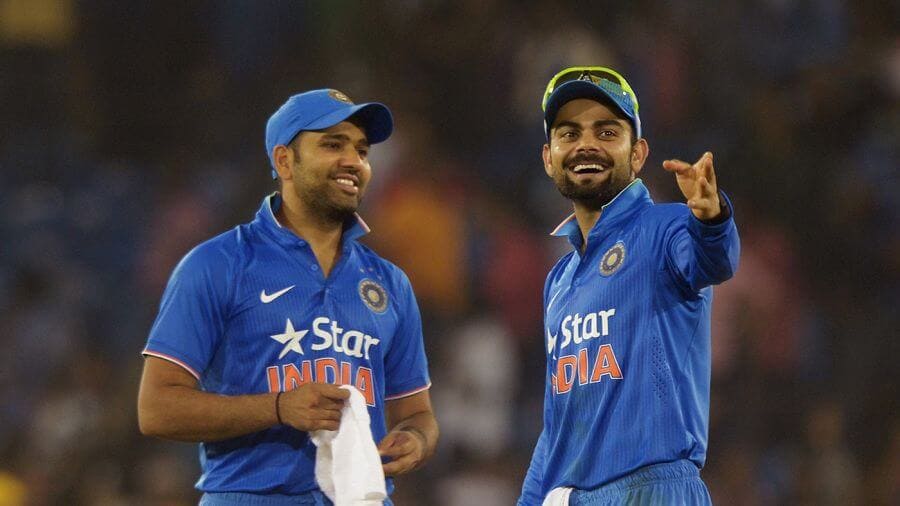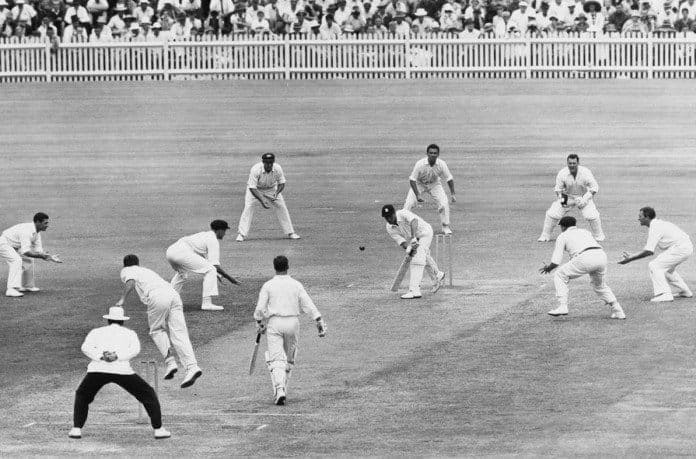
Disclaimer: It would be best advisable for a reader to read this article by opening it on a desktop rather than a mobile as it will help them understand the analytics done in this column in a better manner. A mobile would suffice as well but a desktop would give the experience equivalent to icing on a cake. For the same purpose, if you are using a mobile then it would be preferable for you to read this article by opening the desktop site on your mobile, the option for which is present in the menu of virtually every browser.
Test cricket has undergone a variety of changes ever since its inception in 1877, but it has never lost its power to be the most enchanting of all sports.
When England's Alfred Shaw bowled the first ever delivery in the history of Test cricket to Australian Charles Bannerman, hardly did he have any idea that Bannerman would welcome Test cricket in the most emphatic manner by scoring a brilliant 165 out of the Australian total of 245, thereby accounting for 67.34% of team's total, a record that stands to-date.
| Most % of runs in a completed Test inning | Percentage | Team Total |
| Charles Bannerman (165*, Australia v England, Melbourne, 1877) | 67.34 | 245 |
| Michael Slater (123, Australia v England, Sydney, 1999) | 66.84 | 184 |
| VVS Laxman (167, India v Australia, Sydney, 2000) | 63.98 | 261 |
| Kraigg Brathwaite (94, West Indies v Australia, Hobart, 2015) | 63.51 | 148 |
| Gordon Greenidge (134, West Indies v England, Manchester, 1976) | 63.50 | 211 |
By the time of the Test, England had played 17 games for money in both Australia and New Zealand, frequently against opposing teams of 20 odd players (Alfred Shaw, for instance, took 19 for 50 against a Newcastle XXII) and were worn out.
England was dismissed for 108 in their fourth innings despite being given a target of 154 to win. According to legends, Lillywhite's men gave lunch a decent thrashing after presuming victory and then, suitably lubricated, played some fantastic strokes after the break. There may be some weightage to this theory considering the performances.
Anyways, this is where Test cricket was born with its name originating from a true 'test' of the relative strengths of both these sides.
A total of 653 runs were scored in this Test off 659.3 overs (overs back then consisted of 4 deliveries). The run rate of this Test was 0.99 per over. Upon converting these number to modern day 6-ball over versions, one can conclude that 653 runs were scored off 439.5 overs at a run rate of 1.48 per over.
Run-Rate in Tests
| Period | Run-Rate |
| 1986-89 | 2.75 |
| 1989-92 | 2.94 |
| 1992-95 | 2.82 |
| 1995-98 | 2.89 |
| 1998-01 | 2.81 |
The evolution of technology in cricket has helped the data analysts and geek number-based followers of the game a lot.
We have the ball-by-ball data available for games held since 2002/03 season (from Test No. 1634 to 2470) which will help us understand things in a better manner for this period.

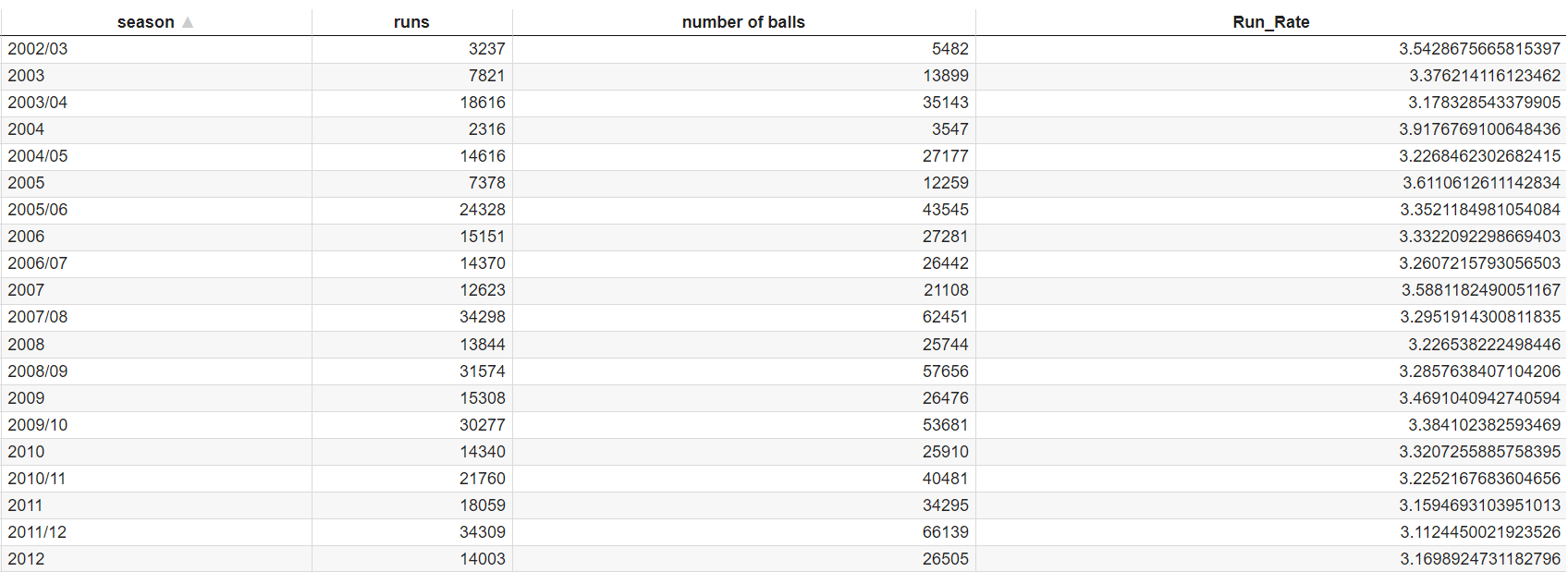
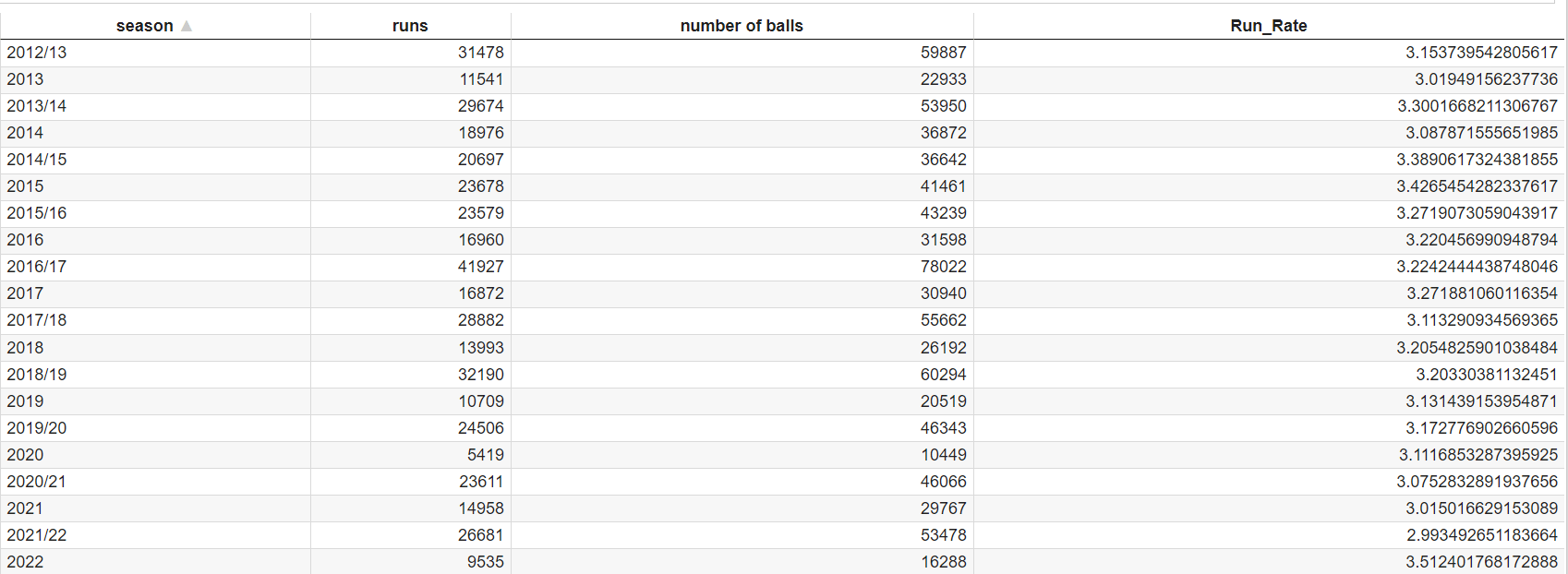
Despite all the fuss of the ever-increasing run rate in Test cricket, we don't see any such pattern from the above bar and table. Some may perceive it as a bold call but data is absolute and deters the possibility of usage of any sort of personal opinion. Hence, it is fair to conclude that Test cricket hasn't changed much in terms of run rate over the past two decades.


The big question that arises is if the run rates haven't increased much in the past two decades, then why is currently there so much fuss about the increasing run rates in the purest format of the game. This is where the recent developments owing to 'Bazball' chip in.
'Bazball'

What does 'Bazball' mean? Why does a red line appear under it as soon as one types it in a software or tool that checks for your grammar simultaneously? Is it the misspelled version of 'bat-ball' as laymen refer to cricket in India?
'Bazball' is a mindset to push your limits beyond the infinity. Say someone expresses their wish to explore the least seen places and you fire them from your cannon all the way to Mars in a matter of minutes. That's 'Bazball'.
Metaphors apart, the term 'Bazball' was coined due to the fearless approach of scoring at an unusually high run-rate that England took against New Zealand in the Test series held in June 2022. They continued with the same approach and it reaped them the dividends against India as well in the rescheduled 5th Test held recently. The effect of 'Bazball' was so colossal that even India replicated the same model to a good extent as they scored at 3.97 runs per over during the course of the Test.

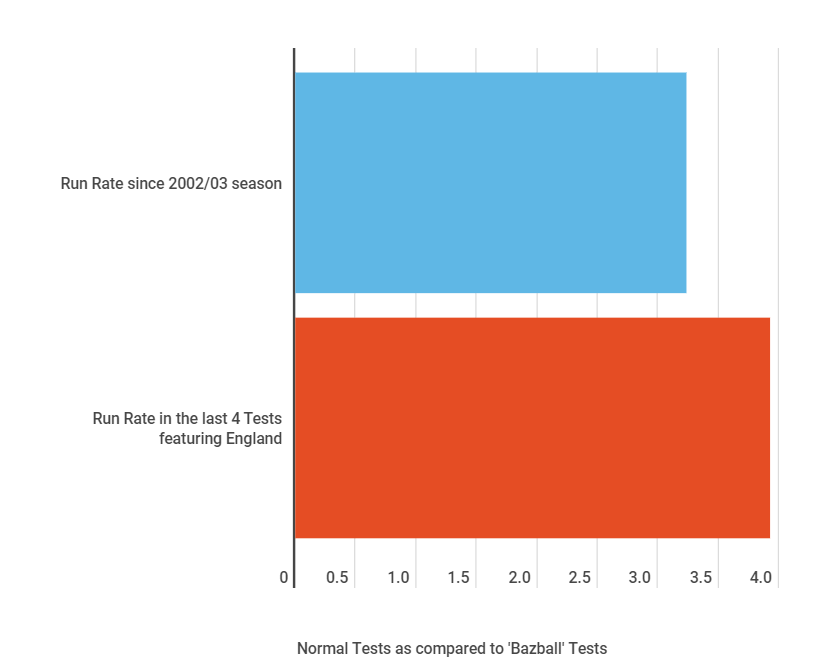
.png)
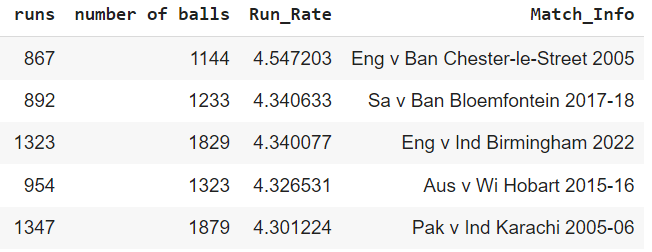
"We are trying to rewrite how Test cricket is being played, in England especially," Stokes told Sky Sports. "All the different plans that we put together over the last four or five weeks, for every different situation is something we'll look to carry forward."
It would be really interesting to see how this 'Bazball' theory by newly appointed coach-skipper duo, i.e., Brendon McCullum-Ben Stokes spans out over a longer period of time for England but the previous four Tests are a clear testament to their intentions that they are looking to re-define the concept of run rate in Tests. What would be interesting to see is that how this 'Bazball' approach fares out outside of England. A general perception would be that England would play the 'orthodox' way outside of England while 'Bazball' way shall be reserved for England to play in their own home but in practice, that's not possible. When a team plays about half their Tests with a certain kind of mindset then it tends to rub off on the mindset and the brand of cricket that those blokes play and are comfortable with which would certainly lead them to play in a 'Bazball' way in other countries as well.
As Steve Smith rightly pointed out - "It's been exciting. I'm just intrigued to see how long it lasts if it's sustainable,".
"If you come in on a wicket that's got some grass on it and Josh Hazlewood, Cummins and Starc are rolling in at you, is it going to be the same?
"I'm intrigued by it all? Is it going to work every time? I don't know," he was quoted as saying by the Australian media.
The 'Bazball' theory has the potential to be successful in some other pace-friendly nations as well but it becomes really tricky to get away with when it comes to the subcontinent pitches especially in India which have been a nightmare for any touring side as India last lost a home Test series a decade back in 2012 against England itself where contrary to 'Bazball', the old school methods fetched them favourable results.
India is a tough place to score at a brisk rate especially for touring sides. A testament to that is three out of the top five Tests with the lowest run-rate since 2002/03 season have been played in India alone while another nation which has had a reputation of producing low run rates off late, i.e., West Indies, accounts for the other two.
.png)
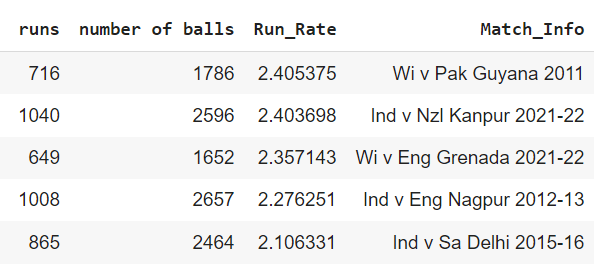
Though, the future and longevity of 'Bazball' remains to be seen but what we have already witnessed is that it's infectious and rubs off on opponents as well.
We haven't seen much of a rise in run-rates over the past two decades but this 'Bazball' theory is what might promote the culture of increasing run-rates in Test cricket and maybe another decade down the line, we might see progressive trends in run-rate of Test cricket owing to this.
Note: All the analytics, data, visualizations and statistics used in this column have been obtained with the help of extensive programming by the writer. It is a proprietary which exclusively belongs to 'Bouncer Avenue' and the writer himself. Any sort of reproduction for commercial usage can be done only by seeking prior consent from the owners.


